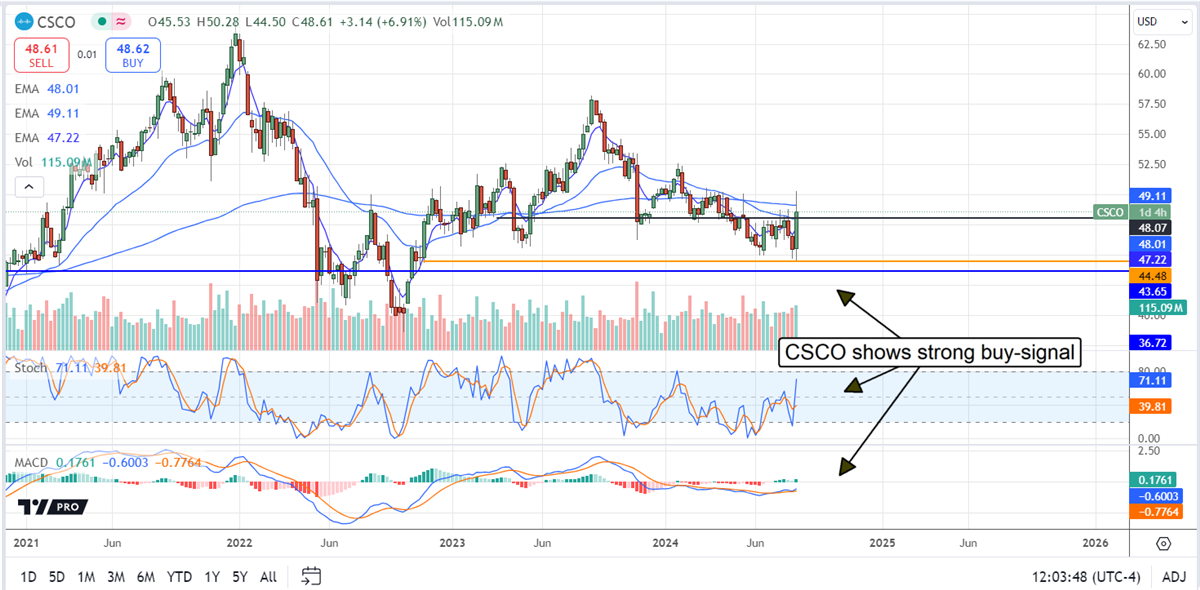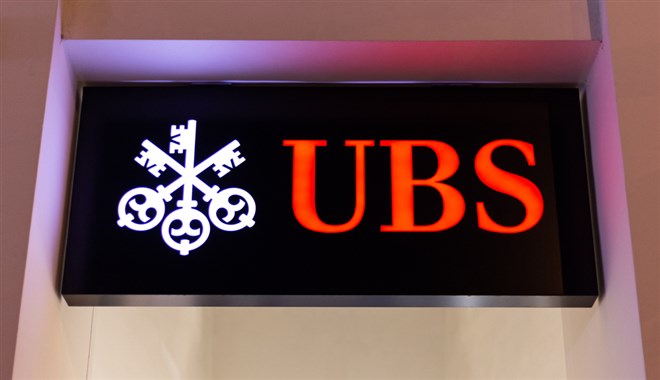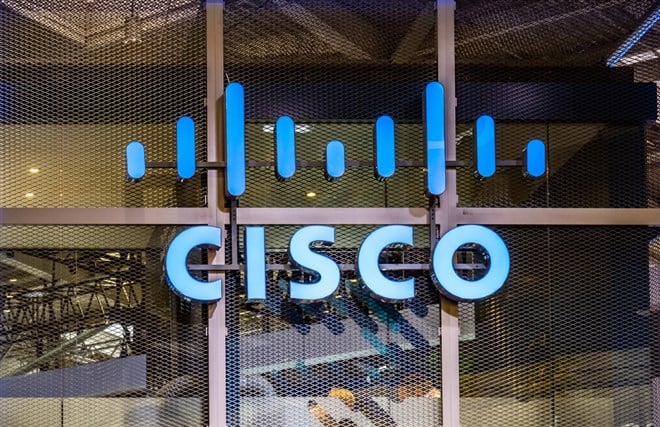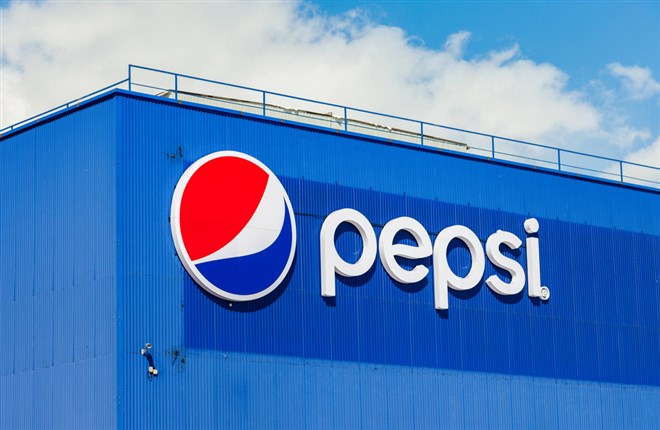Ticker Reports for August 17th
UBS Posts Fantastic Q2 Results, But Regulatory Changes Loom Large
UBS Group (NYSE: UBS) is the 8th largest firm in the capital markets industry worldwide and the largest in Europe. The company has underperformed its sector this year, with a total return of 2%. The iShares MSCI Europe Financials ETF (NASDAQ: EUFN) has returned 12%.
On Wednesday, Aug. 8, UBS pleased the market with its release of Q2 2024 earnings. Shares shot up nearly 6% on the day. Over a year ago, the Swiss financial company acquired its competitor, Credit Suisse, at a dirt-cheap valuation. Credit Suisse was in the process of collapsing, and the Swiss government helped broker the deal. The integration of the two firms is going better than expected.
Let's review UBS's operations and recent earnings. We'll conclude with insights into the company's future outlook.
UBS: A Global Leader in Wealth Management
UBS operates through four main business divisions: Global Wealth Management, Personal & Corporate Banking, Asset Management, and its Investment Bank. The Wealth Management division manages money for high-net-worth and ultra-high-net-worth individuals. It has over $4 trillion in invested assets, making it one of the largest wealth management businesses in the world. The division made up 54% of total revenues in 2023.
Personal & Corporate Banking operates the leading bank in Switzerland. It serves over a third of the nation’s households and over 90% of its largest 200 companies. The segment's revenue nearly doubled from 2022 to 2023, largely due to the Credit Suisse acquisition. It accounted for 19% of total revenue in 2023.
The Investment Bank division helps clients raise capital to fund their businesses and accounts for 22% of total revenue. The Asset Management division builds investment strategies in traditional and alternative asset classes, charging fees for managing client assets. The division has over $1.6 trillion in invested assets and accounted for 7% of revenue.
Q2 Results Blow Expectations Out of the Water
UBS beat analysts’ estimates on both net profit and revenue. Net profit came in at $1.1 billion, 118% higher than expected. Revenue was $11.90 billion, beating estimates by nearly $700 million, and increased 25% from the prior year.
The wealth management and investment banking divisions were particularly impressive. They increased 15% and 38%, respectively.
Another key point from the earnings call is that UBS will sell its Credit Suisse US Mortgage Servicing Business in Q1 2025. The firm projects that the move will reduce its annual costs by $250 million. Similar divestments from unwanted Credit Suisse assets are expected to continue.
Pending Swiss Banking Regulation is Top of Mind for UBS
Although the Credit Suisse deal is starting to pay off, the firm’s performance has been mixed. It suffered two quarters of steep losses and now faces stricter regulations to prevent future financial institution failures.
The Swiss government will soon increase capital requirements, a looming issue for UBS. Reports have stated that the company’s capital requirements could increase by $15 to $25 billion.
Higher capital requirements can hurt financial firms' profits. They must hold more capital to absorb losses on loans and other investments that go bad. This helps ensure clients can still withdraw their deposits without the bank going under. However, it also means UBS cannot put that capital into potentially high-return investments.
Executives say it is premature to discuss the impacts of the regulatory changes but believe a clearer picture of the requirements will come at the end of 2024 or the beginning of 2025.
Despite these coming changes, UBS is still committed to returning capital to shareholders with $2 billion in stock buybacks over the next two years.
The Regulatory Decision Could Impact UBS’s Global Competitiveness
This decision is particularly important and risky because UBS is such a massive part of the Swiss economy. Swiss regulators could be willing to impose requirements that would make UBS uncompetitive globally to ensure its survival.
Its market cap is nearly eight times larger than its biggest publicly traded Swiss competitor, Julius Bär Gruppe (OTCMKTS: JBAXY). It is by far the biggest player in the industry and is systemically important to the Swiss economy.
UBS’s results from the Credit Suisse integration have been impressive so far, and it needs to continue this success to maintain its valuation. Its forward price-to-earnings ratio is above 83% of financial services firms globally.
Investors should track Swiss regulatory decisions and how they compare to standards in other jurisdictions. This will signal the firm's future global competitiveness.
Alex's "Next Magnificent Seven" Stocks
Today Alex Green is releasing his new breakdown of AI's "Next Magnificent Seven."
So please make some time to watch it.
Cisco Systems AI Play Gains Traction: Analysts Lead Stock Higher
Cisco Systems (NASDAQ: CSCO) Q4 results and guidance prove that its AI play was smart. Once a networking giant and now a networking and AI-powered data management platform, the company outperformed its guidance and analysts estimates, raised guidance, and the guidance is likely cautious. The takeaway is that weakness in the legacy business is offset by strength in new, with a return to top-line growth expected in FQ2 2025, which is next quarter. The guidance is likely cautious because of the underlying metrics driven by Splunk.
Nothing But Good News In Cisco Systems’ Q4 Results
Cisco Systems’ Q4 revenue contracted by 10.3%, but the report does not contain bad news. The analysts expected a larger contraction due to softness in the networking industry, and the guidance is favorable. The Product segment is down 15% but offset by a 6% increase in Services, with results in both segments aided by Splunk. Splunk added 700 basis points to the top line, leading to a double-digit increase in product orders and subscriptions. Subscriptions, including Splunk, grew to 51% of the annual revenue, driving a 21% increase in annual recurring revenue.
The margin news is mixed. The primary hurdles are costs related to the Splunk acquisition. Those will evaporate quickly, leaving the company in a solid financial position, able to continue investing in growth and returning capital to shareholders. The critical details are that the gross margin widened but is offset by increased SG&A and expenses, resulting in a double-digit decline in earnings and cash flow. However, the adjusted $0.87, down 30% YoY, is above consensus, and cash flow was sufficient to sustain balance sheet health.
The guidance is why Cisco stock will likely continue to rise in 2024 and 2025. The company’s guidance aligns with the consensus at the top line but is above consensus at the midpoint. The guidance aligns with the outlook for persisting sequential growth and YoY growth to return in FQ2, calendar Q4 2024.
Analysts' Sentiment Firms: Cisco Systems to Trade in the Mid-$50s
The analysts’ response to Cisco’s news is mixed with numerous price target revisions in both directions. The takeaway from the activity is that the price target for this Hold-rated stock is centered around the consensus figure, which implies a 15% upside. The consensus reported by MarketBeat is up compared to last month at $56.85 and comes with a relatively high conviction with 21 analysts in the mix. The low target is $49, still above the current action, suggesting a deep-value opportunity.
Cisco Systems is a value, trading at 13x this year’s earnings estimate and 12x next year’s, considering its position in the tech world, blossoming transition, cash flow, and capital return. Capital returns in Q4 include buybacks and dividends worth $3.6 billion. The dividend is worth about 3.5% in yield, among the highest from blue chip tech stocks, and the repurchases are equally robust. Share buybacks in Q4 and F2024 resulted in a 1.2% average decline for the quarter, and ample funding is left under the current authorization. The company will likely repurchase another 1% or more share this year while increasing the distribution.
Cisco Systems Confirms Support
The price action in CSCO is bullish, with the market up more than 7%, showing support at critical levels. Support is near the low end of a multi-year trading range; today’s action suggests a reversal is in play at that level. The reversal is also seen in the stochastic and MACD indicators, which have already formed bullish crossovers and show a strong buy signal. The market should continue upward from here, easily breaking resistance near $50 on its way up to the upper-$50 region. Assuming a break of $50, the next critical target for resistance is near $52.50.

CNBC's 'Prophet' issues urgent Fed warning
"How I 6X-ed my wife's 401K in 1 year"
At the peak of the dot-com boom, a former hedge fund manager put all $20,000 of his wife's 401k into shares of just ONE stock. Everyone on Wall Street said he was crazy. But a year later, that $20,000 in his wife's account was worth $120,000. Today, he says: "If you thought the dot-com mania was intense, what's about to happen in the coming weeks could be even crazier and could open up a new window of opportunity for 500%-plus gains."
Lock in Gains: 3 Dividend Stocks Poised to Boost Payouts Soon
Investors looking for a respite from the ongoing market volatility may want to seek out dividend-paying stocks. The benefit of these stocks is that they give you an opportunity for reliable income today and into the future. Many of these stocks have fallen out of fashion in the tech-fueled AI revolution. But in the last month, many of these stocks are increasing as investors feel more bullish about the economy.
Investors who reinvest those dividends have the opportunity to increase their total return on these stocks. This allows patient investors to sit back and let the compounding effect happen.
That's why, whether you’re focused on growth, income, or both, it’s important to choose dividend stocks with a proven history of increasing their dividends. This is an exceptional strategy for building wealth over time. The three stocks listed below have a long history of increasing their dividends. They are likely to benefit as investors begin to rotate into more traditional sectors on expectations of lower interest rates.
Pepsi is More Than Just a Great Dividend Stock
Traders may debate the best time to buy PEP stock, but viewed over any length of time, PepsiCo Inc. (NASDAQ: PEP) is a solid long-term investment. The company’s business model is supported by a portfolio of iconic brands. While best known for its namesake soft drinks, PepsiCo also owns Frito-Lay, which enhances its reach in the snack food area.
PepsiCo is often compared with other consumer staples stocks such as The Coca-Cola Company (NYSE: KO). Both stocks present investors with three key benefits:
- Robust current income from dividends. As of August 15, 2024, PEP stock pays investors $5.42 per share.
- A history of dividend increases. Pepsi is a dividend king that has increased its dividend for 53 consecutive years.
- A combination of share price appreciation and dividend growth. The 10-year total return for PEP stock is over 152%.
In each of those metrics, Pepsi beats Coke. So, this isn’t just about taste. For long-term investors, PEP stock is the winner.
AbbVie Provides Current Safety and Future Growth
When it comes to dividend stocks, long-term growth is a key factor. Few medical stocks do that better than AbbVie Inc. (NYSE: ABBV). Over the last 10 years, the total return on ABBV stock is an impressive 438%.
A key reason for AbbVie stock's growth is the success of the company’s Humira drug. In 2023, Humira began to face competition from biosimilar companies, which weighed on the stock in the first half of the year.
However, the company demonstrates that its new drugs, such as Skryizi and Rinvoq, can make up for much of any lost revenue from Humira. AbbVie has a deep pipeline that should bring other drugs to market. The stock climbed 17% in the three months ending August 15 and is now up 24% in 2024.
AbbVie is another dividend king with 52 consecutive years of dividend increases. The company pays an impressive $6.20 per share in dividends.
Kenvue is Ready to Step Out of JNJ’s Shadow
Kenvue Inc. (NYSE: KVUE) was formed after Johnson & Johnson (NYSE: JNJ) spun off its consumer products division. This makes Kenvue the home of popular brands such as Band-Aid, Tylenol, Listerine, and more. At any given time, millions of Americans have one or more of the company’s products in their homes.
However, Kenvue went public in 2023, and it’s been a rocky start. Consumers are feeling pinched by inflation and turning to house brands for many of their staple items. But in the company’s second-quarter earnings report, the tide may be turning. The company beat analysts’ expectations for revenue and earnings.
While the numbers were essentially flat YoY, this suggests the worst may be over. Investors seem to believe that’s the case, with the stock up about 18% since the report.
Because it spun off from JNJ, Kenvue only needed to issue a dividend increase to maintain its status as a dividend king. The increase from $0.20 to $0.205 won’t turn many heads, but the dividend increase was issued despite a YoY decline in free cash flow. That situation, as is the company’s dividend, is expected to improve in 2025.





